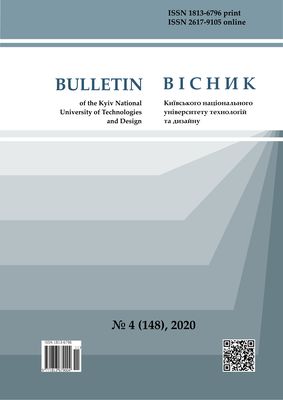EXPERIMENTAL STUDY OF AIR QUALITY AND AIR EXCHANGE IN EDUCATIONAL AND RESIDENTIAL BUILDINGS
DOI:
https://doi.org/10.30857/1813-6796.2020.4.2Keywords:
educational institutions, air exchange, CO 2 level, comfort conditions, air qualityAbstract
Apply integrated approaches for the air exchange rate determination based on CO 2 concentration in educational and residential buildings of Ukraine. Methods. Taking into account variability of building's visitors and occupants operational and behavioral features experimental and calculated determination of the air exchange rate are considered.Results. Recommendations for providing comfort conditions in terms of air quality in the considered objects premises, recommendations on the premises operating conditions, ventilation schedule. Scientific novelty. The comprehensive approach to in-depth analysis of energy consumption has been developed, procedures for assessing the air quality and the level of air exchange in buildings have been improved taking into account the variability of operating conditions. The practical significance. Experimental studies of changes in CO 2 concentration were conducted in
three schools, in higher education institution and in residential building. The research results allowed to establish the actual level of CO 2 concentration and air change rate under different operational and behavioral conditions in buildings during working hours, subject to comfortable conditions, and during non-use hours. The research results also help to determine the dynamics of changes in the studied factor over time under the building performance indicators influence. The obtained results allow to provide recommendations on ensuring the quality of indoor air exchange and on providing comfort working, studying and living conditions. The use of experimental and calculated air exchange rate values for various premises would allow to avoid in mathematical modeling the overestimation of the level of buildings energy consumption, which arises when standard air change rate values is using. So the obtained results allow to approximate more accurately the mathematical modeling results of buildings energy efficiency to the actual conditions and help to choose the optimal schedule for the building engineering networks managing considering comfort conditions with intermittent operation.
Downloads
Download data is not yet available.
Downloads
Published
2021-03-10
Issue
Section
Mechatronic Systems. Energy Efficiency & Resource Saving

